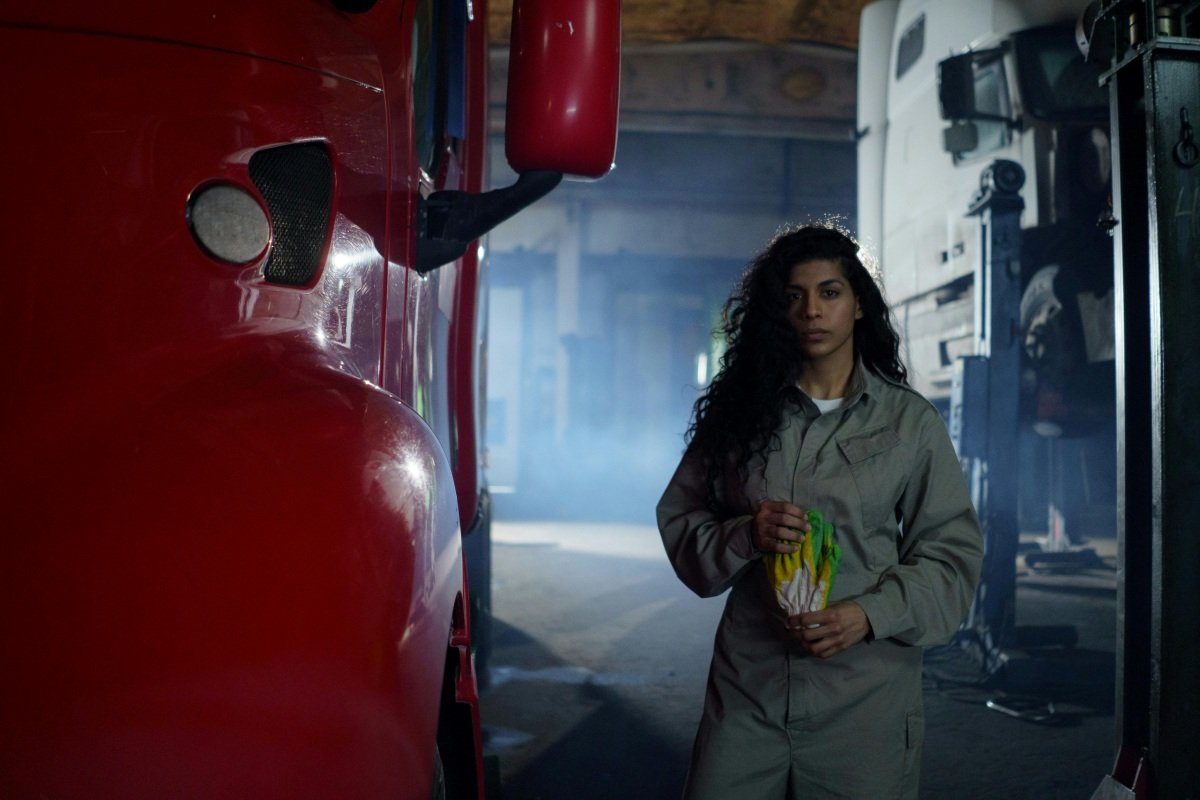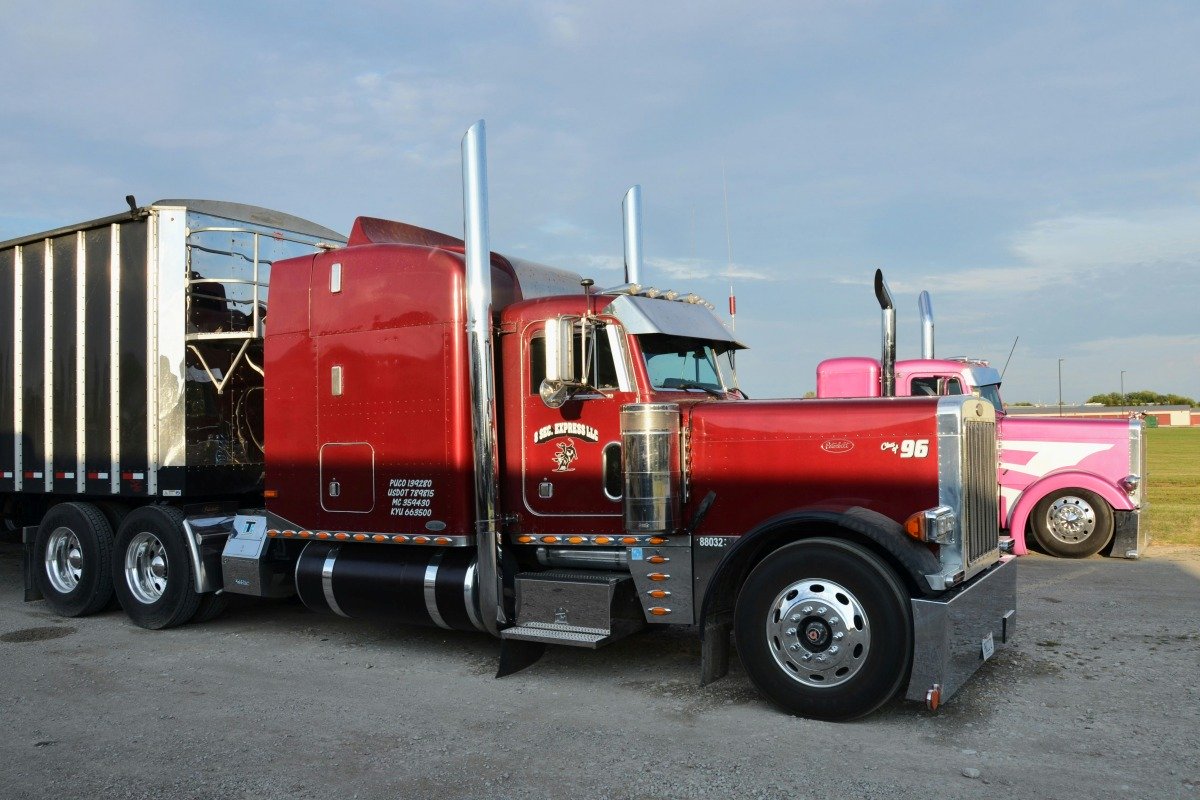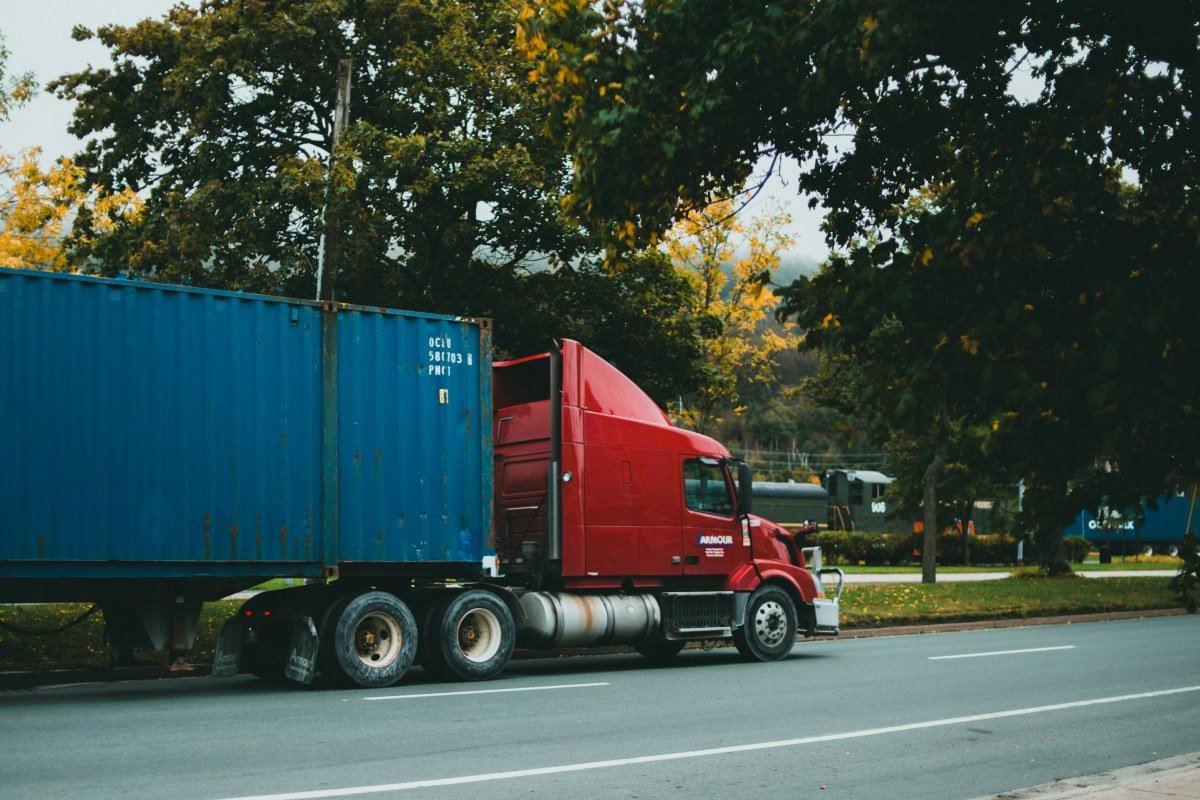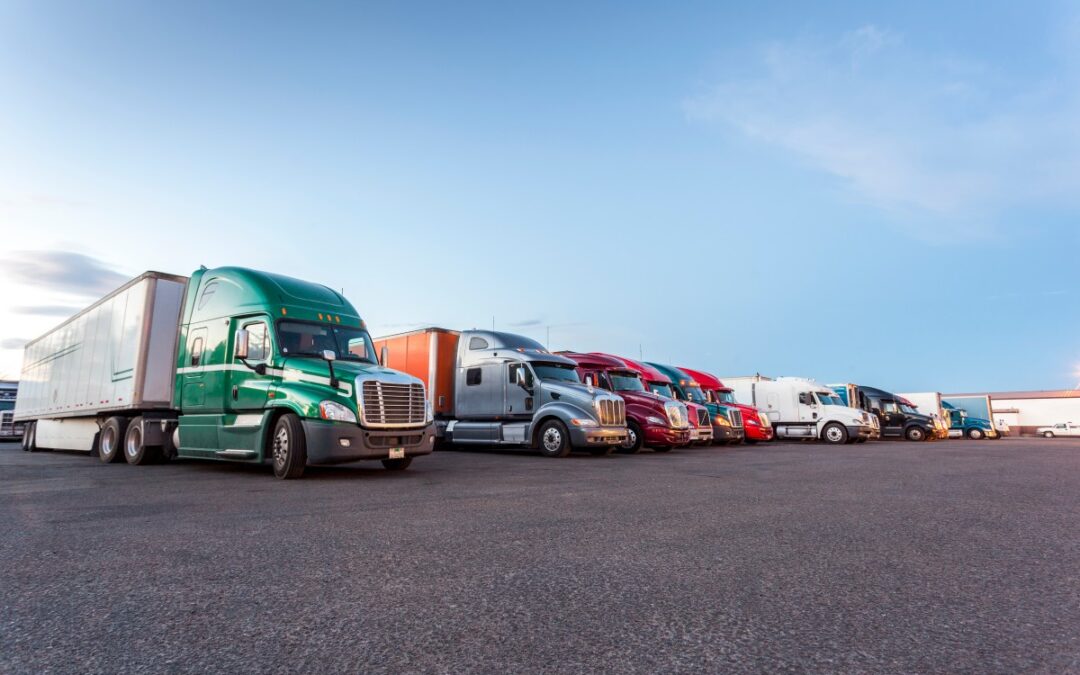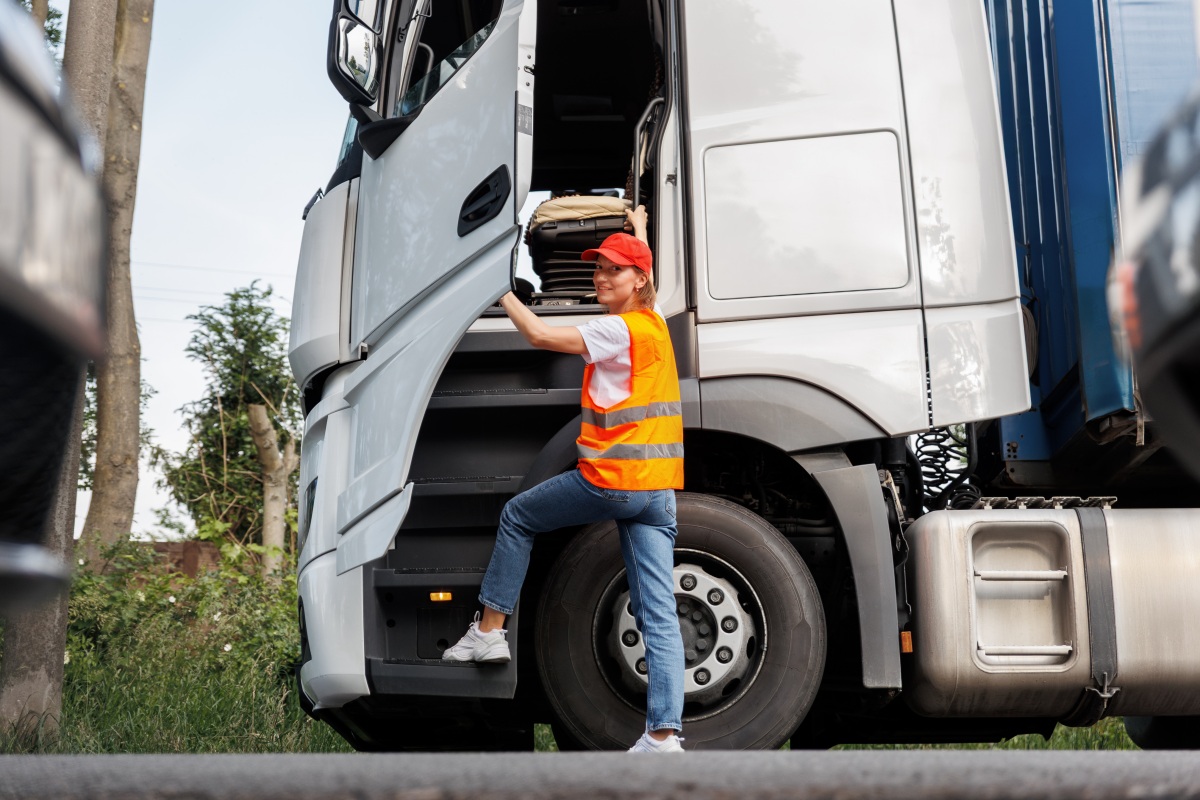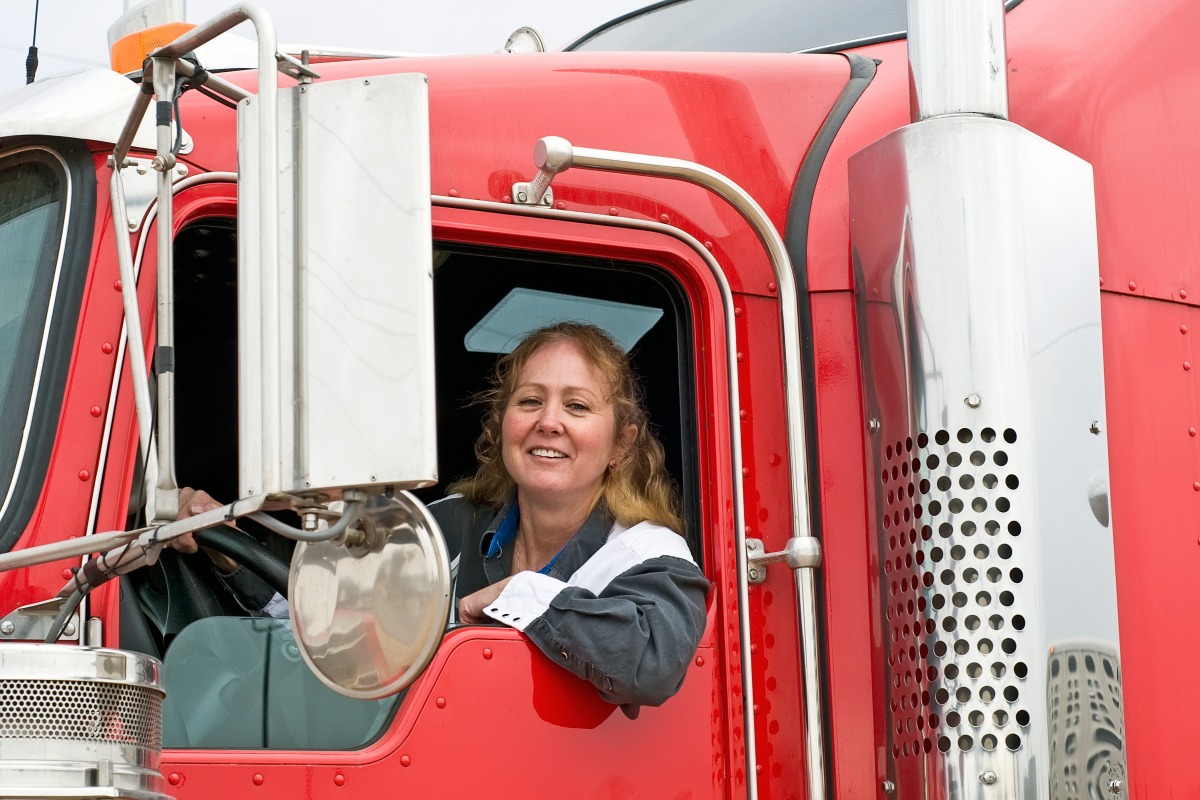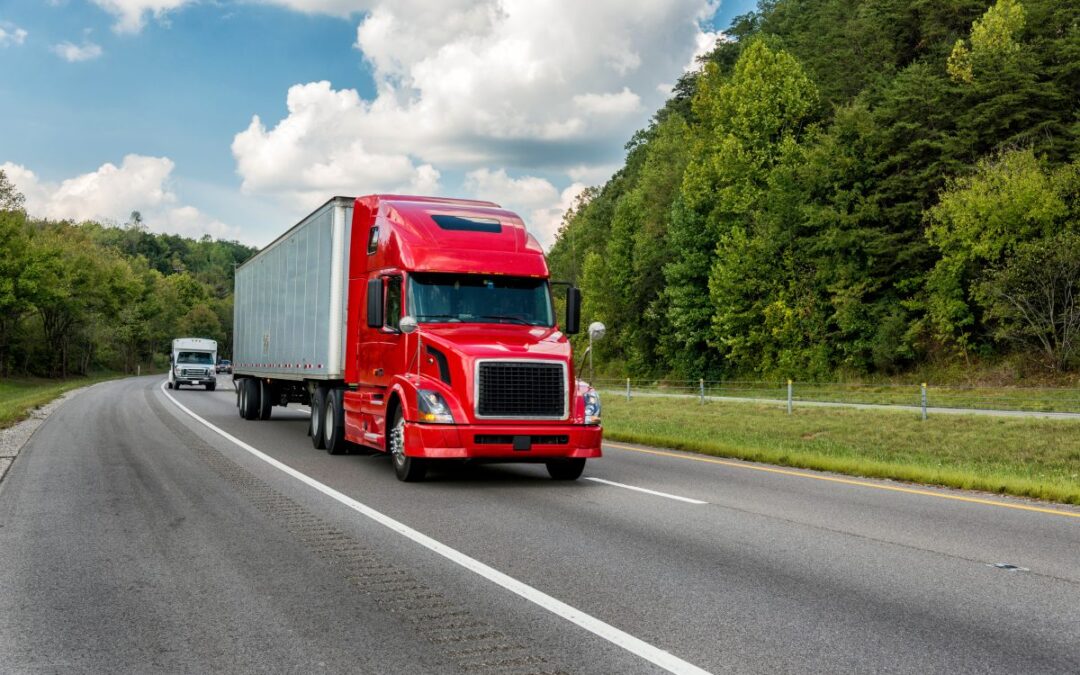
With the growing demand for commercial drivers across the United States, now is one of the best times to enter the industry. Whether you’re a first-time buyer ready to start your career or a driver looking for a more stable opportunity, becoming a licensed commercial truck driver can open the door to long-term success.
If you’ve ever wondered how to become a truck driver, this guide covers every step, from meeting CDL requirements to landing your first job and building a strong, sustainable career on the road.
Why Is Truck Driving a Smart Career Choice?
Truck driving remains one of the most dependable and in-demand careers in the United States. Trucks move over 72% of all U.S. freight, covering more than 300 billion miles every year. Yet, the industry still faces a shortage of more than 60,000 qualified drivers, a gap expected to grow through 2030.
This demand creates a real opportunity.
The Bureau of Labor Statistics (BLS) reports a median annual pay of $55,990 for heavy and tractor-trailer drivers in 2023. Experienced owner-operators (drivers who own and operate their own trucks) can earn even more.
The best part? With proper training, new drivers can start earning within weeks. All of these reasons compound, making truck driving a very attractive career option.
Step-by-Step Guide to Becoming a Truck Driver
Getting started as a professional truck driver involves clear, achievable steps. Here’s the full roadmap from preparation to your first driving job.
1. Meet the Basic Requirements
Before beginning CDL training, it’s important to ensure you meet the minimum qualifications to operate a commercial vehicle. These requirements are set by the Federal Motor Carrier Safety Administration (FMCSA) and individual state departments of motor vehicles.
Basic truck driver requirements include:
- Minimum age of 18 for intrastate (within one state) driving and 21 for interstate (across state lines) operations.
- A valid, unrestricted driver’s license.
- A clean driving record with minimal moving violations or serious offenses.
- Proof of U.S. citizenship or legal residency.
- A high school diploma or GED, though some employers may waive this for experienced drivers.
In addition, every driver must pass a Department of Transportation (DOT) physical exam and obtain a Medical Examiner’s Certificate, often called a CDL medical card.
This verifies that you’re physically able to operate large vehicles safely. The exam includes vision, hearing, and cardiovascular checks, along with drug and alcohol screening.

2. Choose the Right CDL Class
Not all commercial driver’s licenses are the same. The FMCSA divides CDLs into three main classes based on vehicle weight and type.
| CDL Class | Vehicle Type | Common Examples |
| Class A | Combination vehicles with a gross combination weight rating (GCWR) of 26,001 lbs or more, with a towed unit over 10,000 lbs. | Tractor-trailers, flatbeds, tanker trucks |
| Class B | Single vehicles over 26,001 lbs, or towing less than 10,000 lbs. | Box trucks, dump trucks, buses |
| Class C | Vehicles under 26,001 lbs used to transport hazardous materials (hazmat) or more than 16 passengers. | Hazmat delivery vans, passenger shuttles |
Drivers who plan to operate tractor-trailers or become owner-operators typically pursue a Class A CDL, which offers the broadest flexibility for hauling across locations and routes.
Those working with specialty loads, like liquids or hazardous materials, may also need to add endorsements to their CDL. An endorsement is an additional qualification that expands what a driver is legally permitted to haul or operate.
Common CDL endorsements include:
- Hazmat (H): Required to transport hazardous materials such as chemicals or flammable substances.
- Tanker (N): Needed for hauling liquid cargo in tanks.
- Doubles/Triples (T): Allows operation of trucks pulling two or three trailers.
3. Complete a CDL Training Program
Once you meet eligibility requirements and select your license class, the next step is completing a CDL training program. These programs are offered through private truck driving schools, community colleges, and carrier-sponsored training programs.
Here’s what to expect from a CDL training program:
- Duration: Typically 4 to 8 weeks, depending on your schedule and training intensity.
- Cost: Ranges from $3,000 to $8,000, depending on the school and region. Some employers or financial institutions may offer tuition reimbursement after you begin driving.
- Curriculum: Includes classroom lessons on FMCSA regulations, logbook management, hours-of-service rules, and cargo safety. Behind-the-wheel training covers pre-trip inspections, shifting, turning, backing, and highway operation.
Many of the top CDL training schools also help with job placement and testing logistics once training is complete.

4. Get Your Commercial Learner’s Permit (CLP)
Before taking your CDL exam, you’ll first need a Commercial Learner’s Permit (CLP). This temporary permit allows you to practice driving a commercial vehicle under the supervision of a licensed CDL holder.
Each state’s requirements may vary slightly, but the general process is similar nationwide. To obtain a CLP, you must:
- Hold a valid driver’s license
- Provide proof of identity, residency, and citizenship or lawful presence
- Pass a written knowledge test covering general trucking regulations, vehicle operation, and safety rules
- Submit a medical examiner’s certificate and background check
You can study for the CLP using your state’s DMV CDL Handbook, which outlines test topics like air brakes, cargo handling, and hazardous materials.
Most applicants must hold the CLP for at least 14 days before becoming eligible for the road test.
5. Pass the CDL Exam
Once your training and permit period are complete, it’s time for the CDL exam – the most important step in becoming a professional truck driver.
The test is divided into three parts designed to measure your ability to operate commercial vehicles safely:
- Pre-Trip Inspection: Demonstrates your ability to identify mechanical and safety issues before operating a truck.
- Basic Vehicle Control: Tests your skills in backing, turning, and maneuvering in confined spaces.
- On-Road Driving Test: Evaluates your ability to handle traffic, intersections, and highways safely under real-world conditions.
Each state’s testing procedure follows FMCSA standards.
Drivers who take the exam in an automatic transmission vehicle will receive a restriction preventing them from operating manual-transmission trucks unless they retest.

6. Gain Experience With a Carrier
Most new drivers start with an entry-level position at a trucking company or carrier. These roles allow you to gain essential on-the-road experience, learn different types of freight, and build a foundation for your long-term trucking career.
Carriers often provide additional training or apprenticeship programs known as Entry-Level Driver Training (ELDT).
During this stage, you learn advanced techniques like trip planning and safety compliance. Expect your first few weeks or months to include close mentorship, especially if you’re driving in teams or hauling hazardous materials.
New drivers typically begin with over-the-road (OTR) routes, which involve long-distance hauls across states. While OTR driving means spending extended time away from home, it’s one of the fastest ways to accumulate miles and boost your earning potential.
7. Maintain Your CDL and Build a Career
After you’ve secured your CDL, maintaining it requires attention to both compliance and career growth.
Every driver must:
- Renew their CDL and medical certification periodically (typically every two years)
- Keep up with safety training and continuing education requirements
- Stay compliant with FMCSA Hours of Service regulations and vehicle inspections
Once you’ve built enough miles and confidence, you can explore more specialized opportunities such as:
- Owner-Operator: Purchase or lease your own truck and operate independently.
- Local or Regional Routes: Shorter hauls that allow more time at home.
- Specialized Freight: Transporting hazardous materials, liquids, or oversized cargo for higher pay.
Once you have your CDL, your trucking career is what you make of it. Drivers with strong safety records and consistent logs often secure the best routes and the highest-paying contracts.

Frequently Asked Questions About Becoming a Truck Driver
How Long Does It Take to Become a Truck Driver?
Most new drivers complete CDL training and testing within 6 to 12 weeks, depending on their schedule and the program’s pace.
Full-time students often finish faster, while part-time learners may take longer.
Is Truck Driving Hard to Learn?
Truck driving takes patience and hands-on practice. The basics of vehicle control come quickly, but mastering logbooks, routes, and cargo safety requires real-world experience behind the wheel.
Do I Need a Clean Driving Record to Get My CDL?
A mostly clean driving record is preferred for CDL approval and hiring. Some states allow minor violations, but major offenses, such as DUIs or reckless driving, can result in disqualification or longer waiting periods.
Can I Train for a CDL Without Experience?
Yes. CDL training programs are built for beginners with no prior experience. You’ll learn everything from pre-trip inspections and hours-of-service logs to highway operation and cargo handling.
Conclusion
Becoming a professional truck driver takes time, but the rewards are well worth the effort. From steady pay to job freedom, few careers offer the same level of independence and opportunity.
Whether you’re joining the industry for the first time or returning to it, success begins with the right foundation: your CDL and your experience.
If you’re ready to start your journey, explore your training options, prepare your paperwork, and stay focused on your long-term goals.
Your journey only begins with the CDL. From first-time buyer loans to repair financing and add-on protection, Mission Financial Services helps drivers and small fleets stay on the road and in control of their business.
Start your credit application today and see how easy financing can be.




